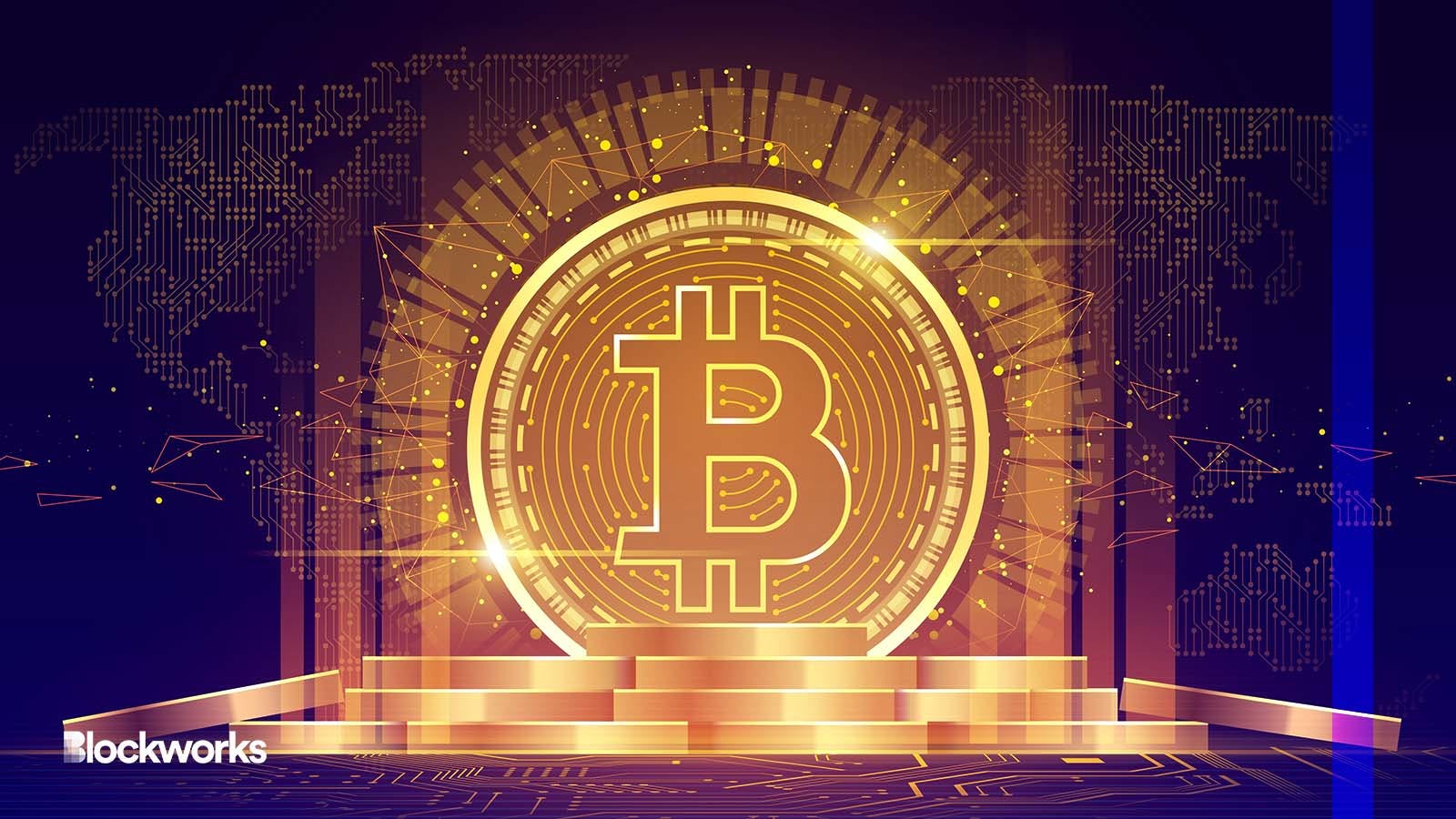Bitcoin Investors Can Thank the Fed, Kaiko Researchers Say
Analysts break down how the latest central bank drama, stablecoin woes will impact markets

Sittipong Phokawattana/Shutterstock modified by Blockworks
While equities struggle to bounce back from their banking crisis-induced slump, cryptos have been able to stay in the green — and it’s partially due to the Federal Reserve’s current course of action, analysts say.
“Bitcoin had been mostly declining, up until the Fed injected liquidity into the banking system,”
Dessislava Aubert, research analyst at Kaiko said during a call on Tuesday. “Both the Fed and the Swiss National Bank intervened.”
The central bank recently booked the biggest increase to its balance sheet since March 2020. A reversal of Fed policy as certain banks need more liquidity as economic conditions worsen is a major switch from the near-zero interest rates investors have been used to for the past decade.
“The new Fed emergency program has been seen as a form of quantitative easing,” Aubert said. “We saw last week that the Fed’s balance sheet increased by $200 billion, so a lot of people were quick to say that it is a reversal of the quantitative tightening cushion over the past 10 months…basically, it all depends on what happens [Wednesday].”
Cryptos have also been impacted by the recent depegging of Circle’s USDC from its dollar mooring, which has also been linked to the banking crisis.
USDC fell to an all-time low of around $0.87 on March 10 after Silicon Valley Bank (SBV) — where $3.3 billion in USDC reserves were held — collapsed.
Binance’s native token, BUSD, was also removed from many trading platforms. While it still exists on Binance, the delisting of BUSD across most centralized exchanges is really the death of the token, Clara Medalie, Kaiko’s head of research, said on the call.
“Tether is dominant on centralized exchanges, and centralized exchanges account for the vast majority of trade volume and crypto markets,” Medalie said. “What we’re seeing is risk essentially concentrated into a single stablecoin, whereas even BUSD was a nice counterweight to USDT. Now that we won’t have that in the future, it will be interesting to see whether USDC will be able to reclaim some market share.”
How the stablecoin market shakes out will determine how much fiat is floating in cryptocurrency markets, according to analysts.
Of crypto trades involving fiat currently on the market, 47% are executed with dollars, according to Kaiko.
“The main question is that in the United States now that it’s increasingly difficult to deploy US dollars on exchanges…will the euro emerge as sort of the next dollar? Or will there be another fiat currency?” Medalie said.
Get the news in your inbox. Explore Blockworks newsletters:
- The Breakdown: Decoding crypto and the markets. Daily.
- 0xResearch: Alpha in your inbox. Think like an analyst.






